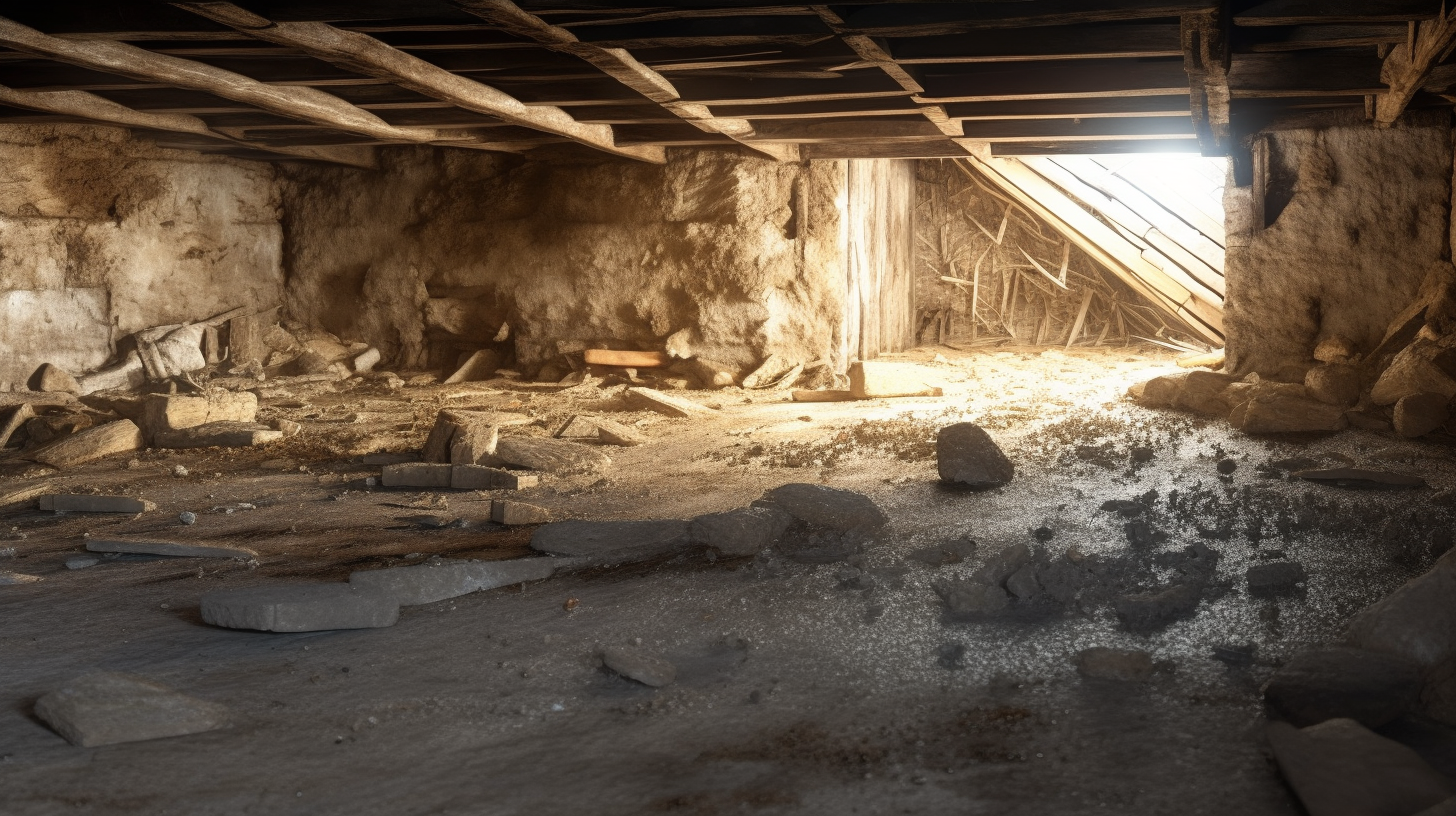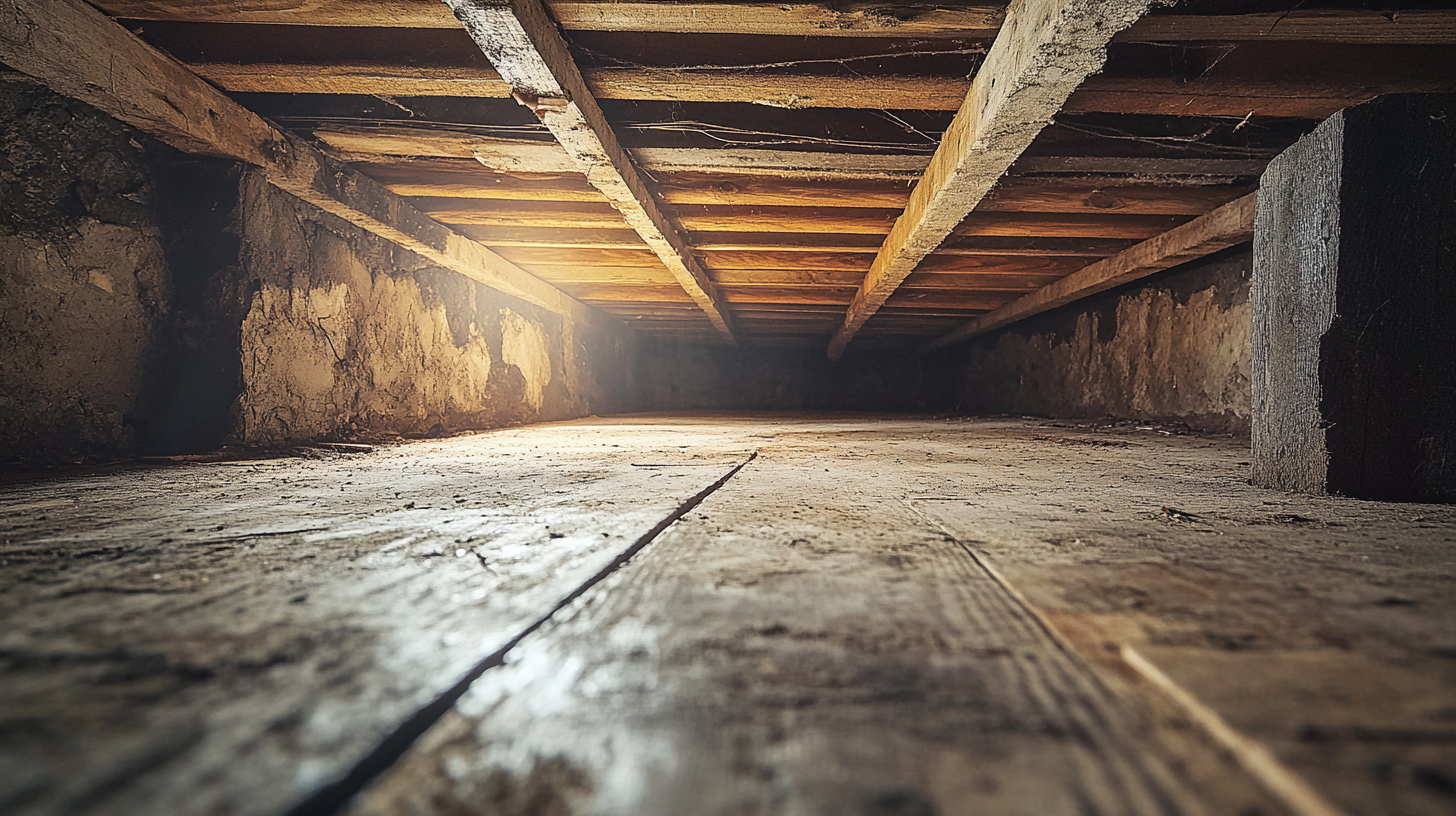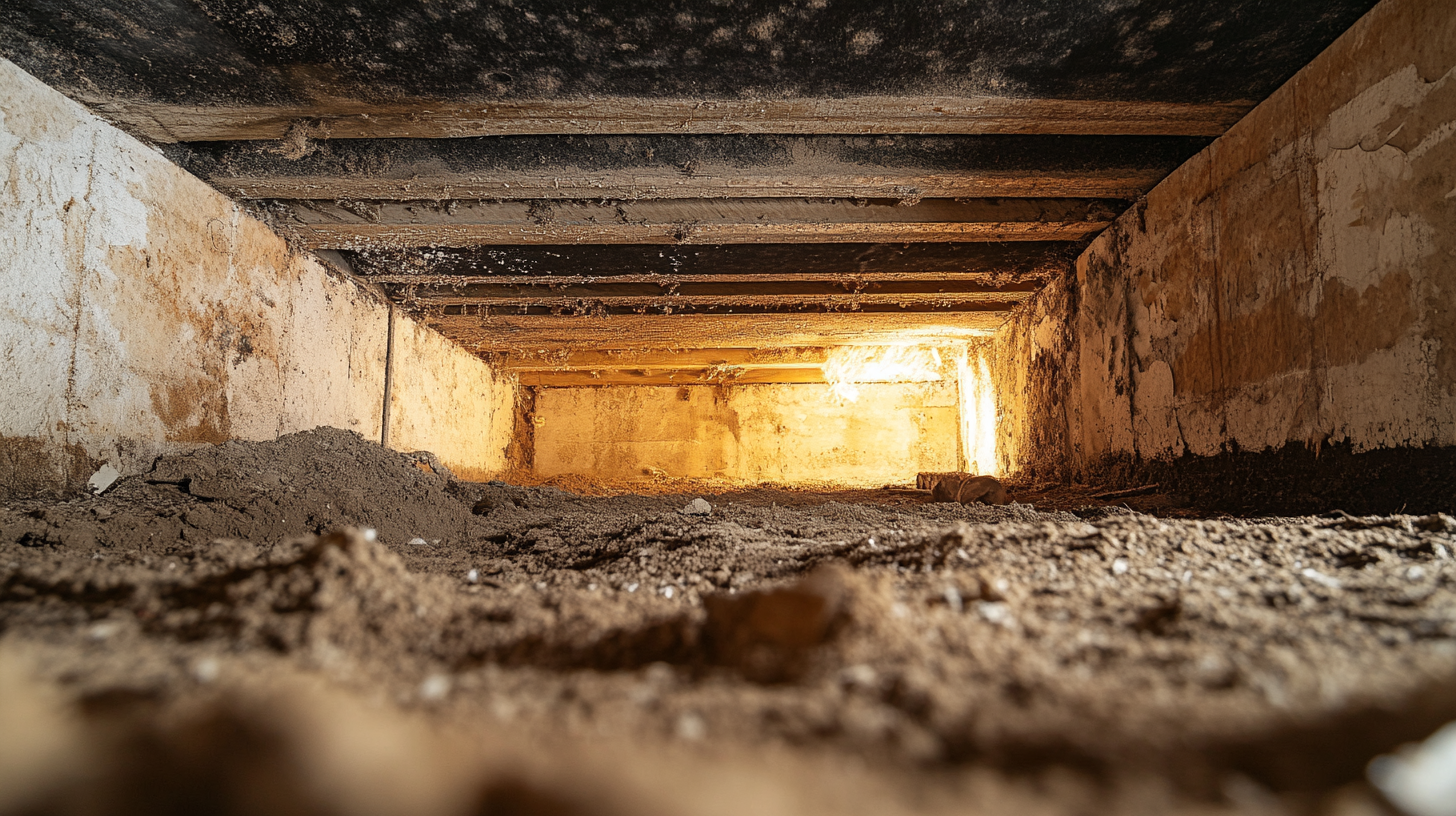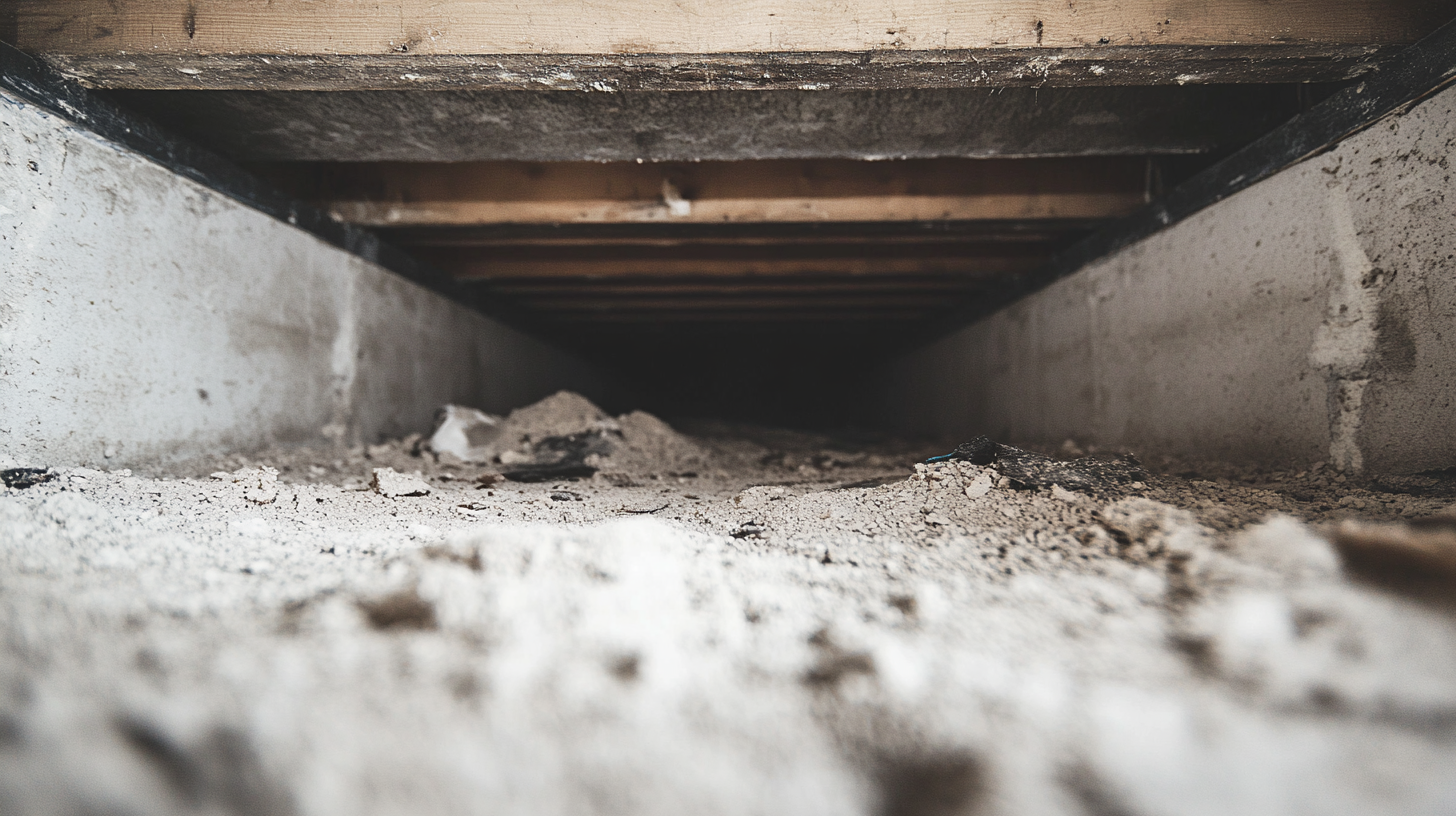Step-by-Step Guide to Repairing Basement Wall Cracks

Basement wall cracks are more than just cosmetic concerns—they are often early warning signs of underlying structural issues or environmental stressors. Left unaddressed, these cracks can lead to severe consequences, including water infiltration, mold growth, and compromised structural integrity. Prompt action is essential to mitigate these risks and preserve the safety and functionality of your property.
Cracks in basement walls can occur for various reasons, such as soil pressure, temperature changes, or aging construction materials. While some cracks may seem minor at first glance, they have the potential to expand and worsen over time. Timely repair not only prevents further deterioration but also safeguards against costly repairs in the future. Moreover, addressing cracks promptly helps maintain a dry and healthy basement environment, reducing the risk of water damage and its associated problems.
This blog explores the causes and dangers of basement wall cracks, highlighting why prompt repair is crucial. Discover how proactive measures can protect your home’s foundation, improve energy efficiency, and ensure a safe living space for years to come.
Types of Basement Wall Cracks
Understanding the types of cracks that can appear in basement walls is essential for identifying the appropriate course of action. Cracks can vary significantly in appearance and severity, and each type offers clues about the underlying cause and potential risks to your home’s structural health.
Common Crack Types
Hairline cracks are usually minor, non-structural issues that occur as a result of concrete shrinkage during the curing process. While these cracks are often harmless, they should still be monitored to ensure they don’t expand over time. Vertical cracks are another common type and are typically caused by the natural settling of the foundation. While most vertical cracks are not serious, wider ones may indicate a need for further investigation or repair. Diagonal cracks, on the other hand, often signal uneven settling or soil movement, suggesting that additional reinforcement or adjustments to drainage may be required. Horizontal cracks are the most concerning type, as they are frequently caused by hydrostatic pressure exerted by water-saturated soil. These cracks compromise structural integrity and demand immediate professional attention.
Assessing Severity
The severity of basement wall cracks plays a significant role in determining the urgency and type of repair needed. Minor cracks are usually narrow and superficial, with no signs of water leakage or structural damage. These can often be addressed with simple sealing to prevent further development. Moderate cracks are wider and may show signs of water intrusion, indicating the need for a more robust solution, such as waterproofing or reinforcement. Severe cracks, which are wide, long, or accompanied by bowing walls, are a clear sign of compromised structural integrity and require immediate intervention by a structural engineer or foundation specialist.
Preparing for the Repair
Proper preparation is key to successfully repairing basement wall cracks. Taking the time to gather the right tools, clean the area thoroughly, and inspect for underlying water issues ensures a long-lasting and effective repair.
Gathering Tools and Materials
To begin, ensure you have all the necessary tools and materials for the repair process. Essential tools include a wire brush, chisel, and hammer to prepare the crack, as well as a caulking gun and putty knife for applying repair materials. Depending on the severity of the crack, you may need an epoxy injection kit or polyurethane foam for sealing smaller cracks, or hydraulic cement for filling larger gaps. A waterproof sealant is also crucial to protect the repaired area from future moisture intrusion.
Cleaning the Area
Thoroughly cleaning the area around the crack is a critical step to ensure proper adhesion of the repair materials. Start by using a wire brush to remove any loose debris, dirt, or flaking concrete from the crack and its surroundings. A vacuum or blower can then be used to clear out dust and particles from within the crack itself. Finally, wash the area with water to eliminate any remaining contaminants and allow it to dry completely before proceeding with the repair.
Inspecting for Water Issues
Before initiating the repair, it’s essential to inspect the crack for signs of water issues. Check for active leaks or persistent dampness around the affected area. Address any drainage problems, such as improperly functioning gutters or negative grading around the foundation, to prevent future water intrusion. Fixing these issues before repairing the crack ensures a more durable and lasting solution.
Repairing Basement Wall Cracks
Repairing basement wall cracks is a multi-step process that requires precision and attention to detail. Following a systematic approach ensures the crack is properly sealed, restoring both the structural integrity and moisture resistance of the wall.
Widen the Crack
The first step in repairing a crack is to prepare it for filling by widening it slightly. Using a chisel and hammer, carefully create a V-shaped groove along the length of the crack. This shape helps the repair material adhere more effectively and provides a more secure seal. Take care not to damage surrounding areas during this process.
Fill with Epoxy or Polyurethane Foam
The choice of material for filling depends on the nature of the crack. For structural repairs, epoxy is ideal due to its strength and rigidity. For sealing against water and allowing for minor movement, polyurethane foam is a better option. If using an injection method, place ports along the crack at intervals and secure them in place. Using a caulking gun, inject the chosen material into the crack, starting at the bottom and gradually moving upward to ensure complete coverage. Allow the material to cure as per the manufacturer’s instructions.
Apply a Surface Seal
After filling the crack, apply a surface seal to provide an additional layer of protection. Smooth the repaired area with a putty knife to ensure a uniform finish. Follow this with a waterproof sealant to protect the wall against moisture and prevent future issues. This step is particularly important for cracks exposed to water or high humidity.
Reinforce Large Cracks
For wide or deep cracks, reinforcement is necessary to restore the wall’s structural integrity. Hydraulic cement is an effective material for such repairs. Prepare the cement mixture according to the product instructions. Fill the crack completely, pressing the cement into the V-shaped groove created earlier. Smooth the surface to match the surrounding wall and allow it to cure fully before applying additional finishes or coatings.
Post-Repair Tips
Successfully repairing basement wall cracks is only part of the solution. Post-repair care and preventative measures are essential to ensure the longevity of the repairs and the structural health of your home.
Monitor the Area
After the repair is complete, it’s crucial to regularly monitor the affected area. Keep an eye out for new cracks or signs that the existing repair is expanding. Inspections during heavy rains or periods of high moisture are particularly important to confirm that the repair holds under pressure. Early detection of any issues can help prevent more extensive damage.
Address Underlying Causes
Repairs will only be effective if the underlying causes of the cracks are addressed. Ensure that the grading around your foundation slopes away from the house to direct water away. If your basement is prone to flooding or water accumulation, consider installing or repairing sump pumps and French drains. These systems help manage excess water and reduce the pressure exerted on basement walls.
Preventative Measures
Implementing preventative measures can protect your basement from future damage. Applying a waterproof coating to basement walls adds an extra layer of defense against moisture intrusion. Additionally, using a dehumidifier helps control humidity levels, reducing the likelihood of mold growth and water-related issues. These steps create a drier and more stable environment, extending the life of your repairs and your basement walls.
When to Call a Professional
While many basement wall cracks can be addressed with DIY solutions, there are situations where professional expertise is essential. Recognizing these instances can prevent further damage and ensure the safety and stability of your home.
Signs of Structural Damage
Certain types of cracks signal more serious underlying issues that require professional intervention. Horizontal cracks or bowing walls often indicate significant structural stress caused by hydrostatic pressure or foundation shifting. Similarly, cracks wider than ¼ inch or those extending across large sections of the wall suggest compromised structural integrity. In such cases, a structural engineer or specialist should be consulted to evaluate and address the problem effectively.
Persistent Water Issues
If water leaks continue despite repairs, it’s a sign that the root cause of the moisture problem hasn’t been resolved. Persistent dampness or pooling water in your basement can lead to ongoing damage, mold growth, and a compromised foundation. When the source of moisture is difficult to identify or address, calling a professional with expertise in waterproofing and drainage systems is the best course of action.
Large or Complex Repairs
Extensive damage or complex cracks often require specialized techniques and materials beyond the scope of DIY solutions. A professional contractor or structural engineer can provide advanced methods such as carbon fiber reinforcement, wall anchors, or epoxy injection for large-scale repairs. These techniques restore structural integrity and ensure long-lasting protection, especially in cases of severe foundation stress or shifting.
FAQs
Contact Fast Response Cleaning & Restoration Today!
Fast Response Cleaning & Restoration will do everything we can to ensure your experience with us is excellent.
Request A FREE Estimate
Request A FREE Estimate Form
CHECKOUT RECENT POST



Have an Emergency? We're Here to Help!
When it comes to disaster cleanup, we are a seasoned veteran in the industry and have helped hundreds of property owners just like you.
Our disaster recovery teams are available 24-7 to quickly clean up and repair disasters of all types.
